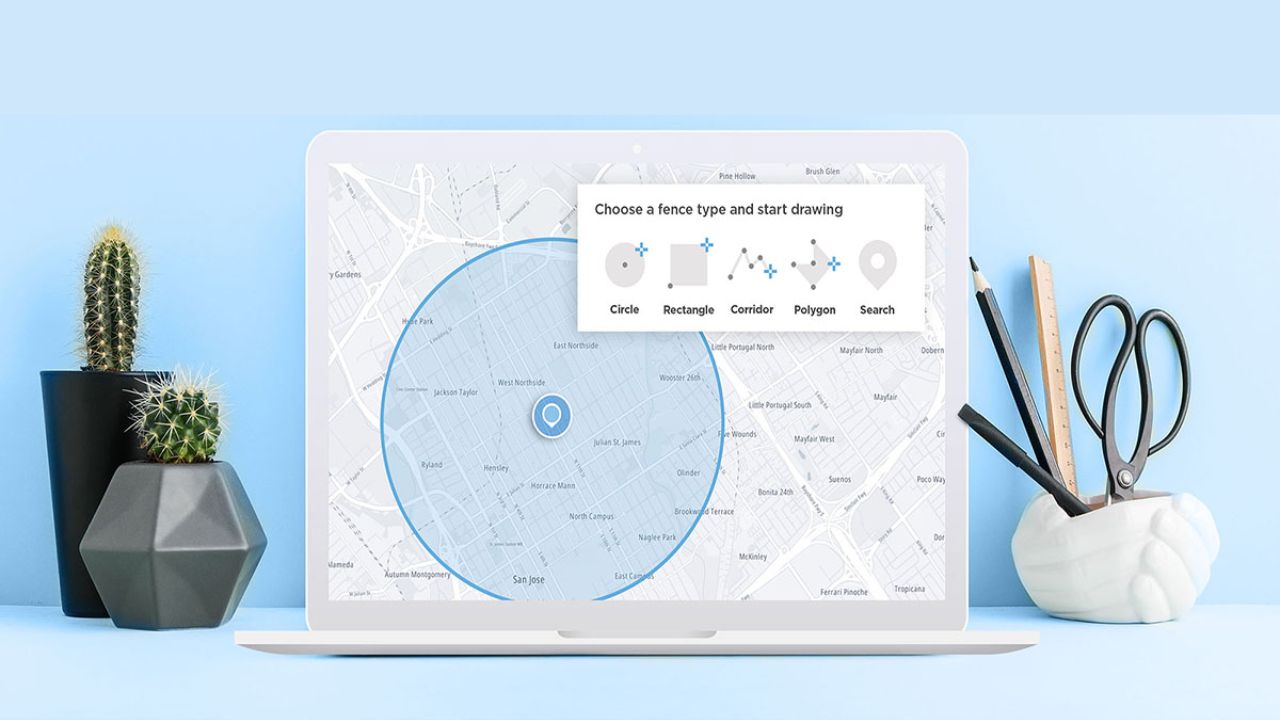
Geofencing Application’s Disadvantages
Geofencing is a location-based mobile marketing optimization strategy companies use to target a specific location or area of smartphone users. When a potential customer enters a particular geographic location, they receive targeted information or advertisements on their smartphone or device.
With geofencing, users get ads that are relevant to who they are and also where they are. Geofencing allows companies and branding agencies to focus their marketing campaigns on specific areas where their potential customers are, rather than wasting their budget on generic ads for the wrong audience. It also helps increase product interest and conversion rates compared to broader, less targeted advertising and marketing campaigns.
*Maintenance is time-consuming: Like any system, geofencing needs to be maintained and updated in order to function optimally. Depending on how a brand intends to use it, it may need to be monitored regularly and made changes accordingly. Having said that, the system needs to have a defined virtual perimeter in order to work. This means that marketers need to set up each geofenced area individually, which can be time-consuming as the business gets scaled up. Additionally, its reliability depends on the technology that is being used. In some cases, and with certain hardware, it may experience some bugs along the way as well. To fight all this, apart from checking the status of the equipment and maintaining geofences regularly, one should have a backup option in place in the form of alternative on-the-spot solutions, just in case. When researching and comparing geofencing software, marketers should pay special attention to its reliability and the maintenance it requires.
* Privacy Concerns: Like any other form of tracking, geofencing may be seen as an invasion of privacy. While planning to use it for tracking employees, brands may be met with some pushback. The best way to approach the issue is to build trust. This can be dealt with by explaining the benefits of geofencing for both the company and the staff. Doing this can go a long way in addressing employee concerns. Additionally, having a sound policy in place, outlining the reasons for implementing geofencing, what data are being collected, and how it will be used can be reassuring and helpful. On the other hand, using geofencing for marketing purposes has a significant drawback due to privacy concerns. In order to be able to target people based on their location, they need to opt-in to share their whereabouts with the brand. If they don’t accept personalized messages, marketers won’t be able to reach them through a geofencing campaign.
In any case, marketers using geofencing tactics should be well advised to familiarize themselves with applicable consumer data privacy laws before implementing the system.
*Battery and Data Draining: The impact of GPS tracking apps on battery life and mobile data usage is one of the main concerns for smartphone users. This especially holds true when marketers are tracking locations using personal mobile devices. This can be a major drawback of geofencing for marketing purposes, as many users will disable location tracking and mobile data to prolong battery life. Such a practice can hinder the efforts to reach the target audience with personalized messages even if they opted-in to receive them. When it comes to using geofencing for managing employees, the negative effect of battery and data draining is somewhat simpler to address. If the benefits they stand to gain outweigh the cons, then the staff members are likely to agree to have their location tracked, especially during work hours. Further, providing employees with company smartphones can downright eliminate this issue.
When speaking about the drawbacks of geofencing, it is imperative to speak about other alternatives that might work for businesses that are interested in the model, but yet not ready to take the plunge.
*Beacons: Beacons are small, low-energy mobile devices that use Bluetooth signals to detect a user’s proximity and send push notifications to those in range. Beacons have a few positive things to consider. They only send signals and don’t receive them hence they don’t come with many of the same privacy concerns geofencing can carry. Also, as beacons rely on Bluetooth technology, they hardly use any data and won’t affect battery life. Redefining a “fenced” area is as easy as picking up and moving the beacons and while they can’t pinpoint a user’s location, beacons can determine how close a user is to the beacon. Having said that, one must also consider the downside of the same. Beacons are physical, mobile devices, so they can be lost, stolen, or broken. Though beacons are great for micro-locations, like a single floor of a department store, they’re not great for larger perimeters, like city blocks. If location accuracy is important for a business, beacons might not be the best choice.
*Breadcrumb tracking: Breadcrumb tracking is a low-energy, low-cost solution for GPS tracking. Rather than tracking a user’s location constantly, breadcrumb tracking captures location data on a per-instance basis. It has been seen that sometimes tracking apps use breadcrumb tracking to record an employee’s location each time they clock in or out. These GPS “pings” use a minimal amount of data and don’t impact battery life. Above all, breadcrumb tracking isn’t restricted to a predefined perimeter. There’s no need to redefine a geofenced area, move a beacon, or pull location points. While breadcrumbs are great for those looking to track GPS points on a map, they’re not great for those who want to use GPS to promote products or sales. Mobile users must be interacting with an app or tracking device to register a location. If not, there’s no way to know when to send them a push notification.



